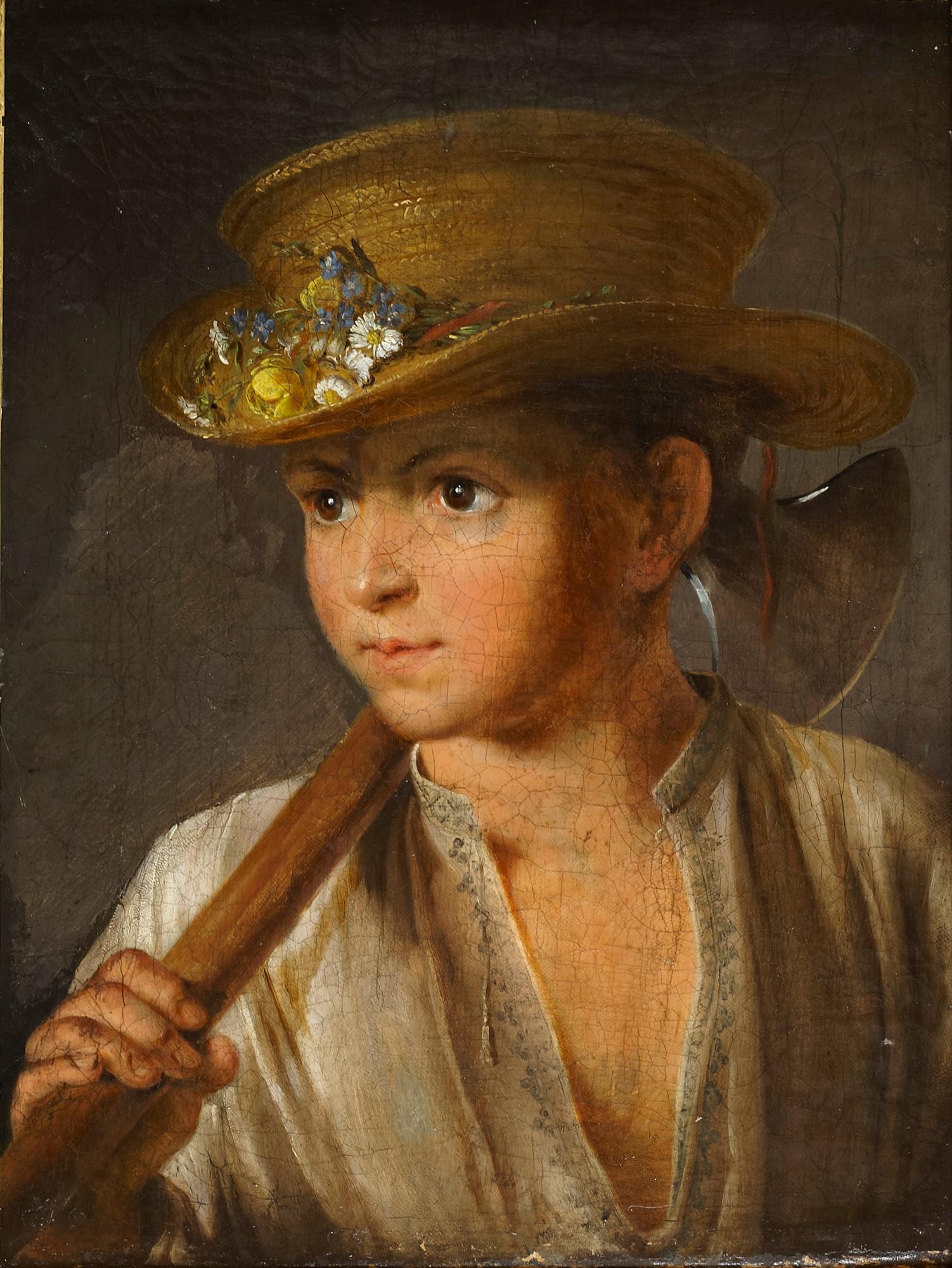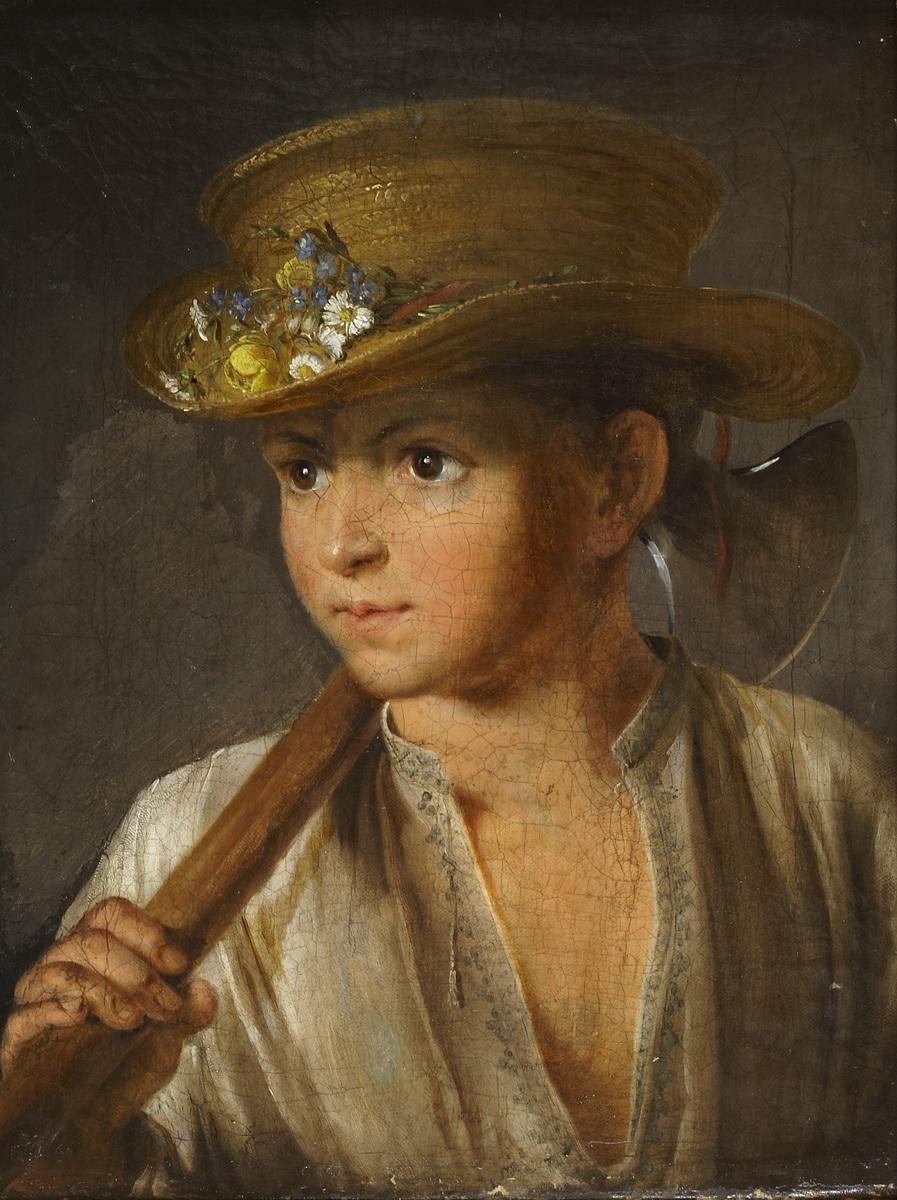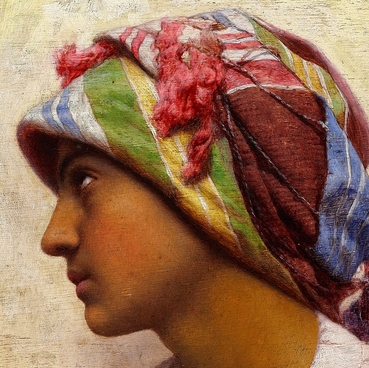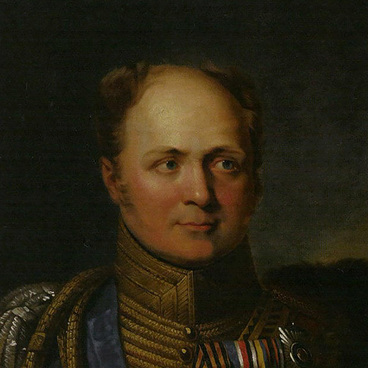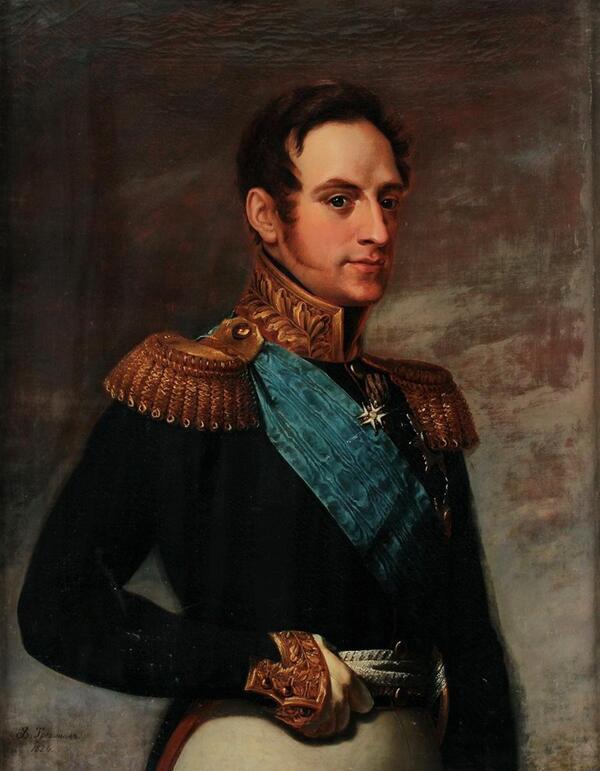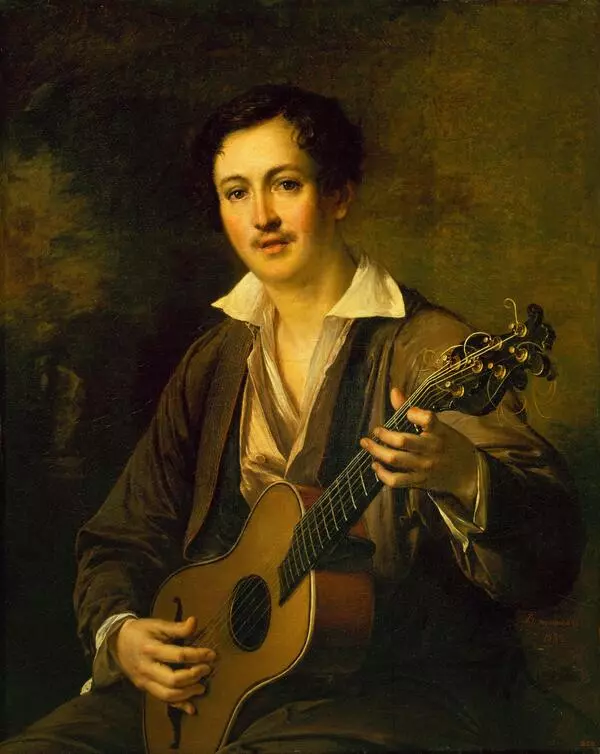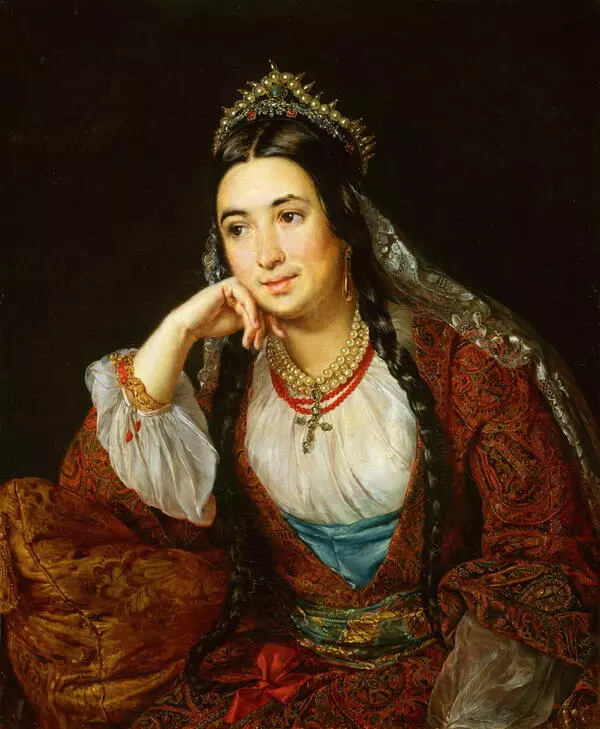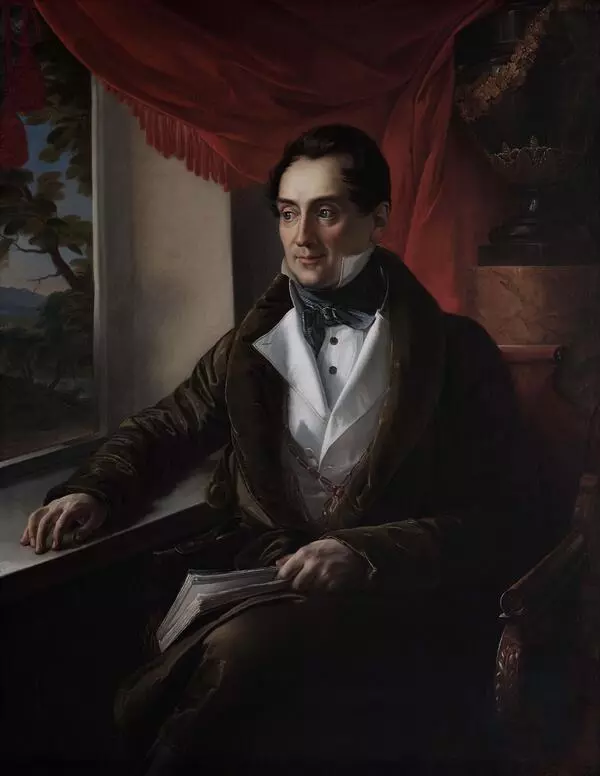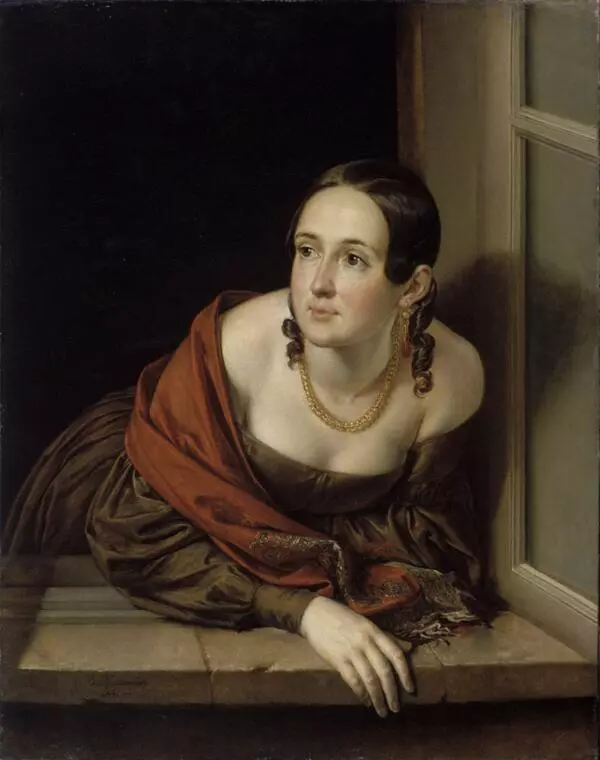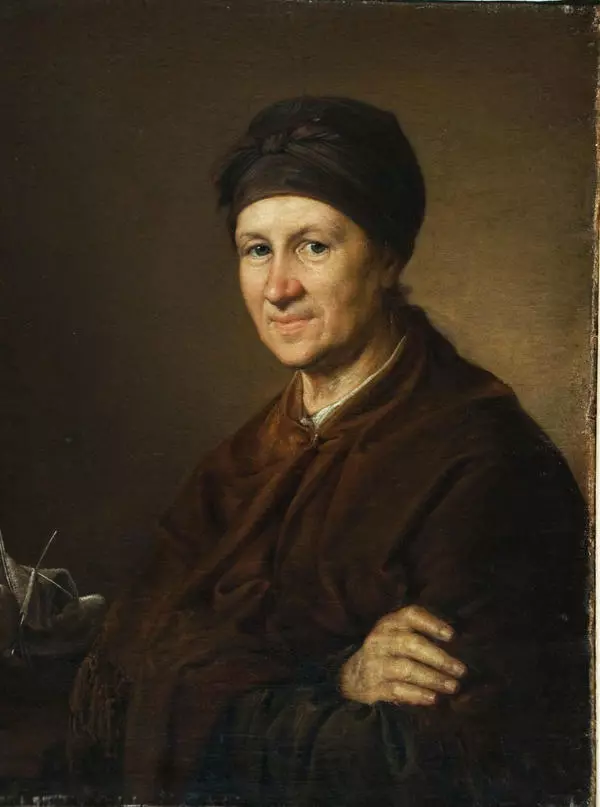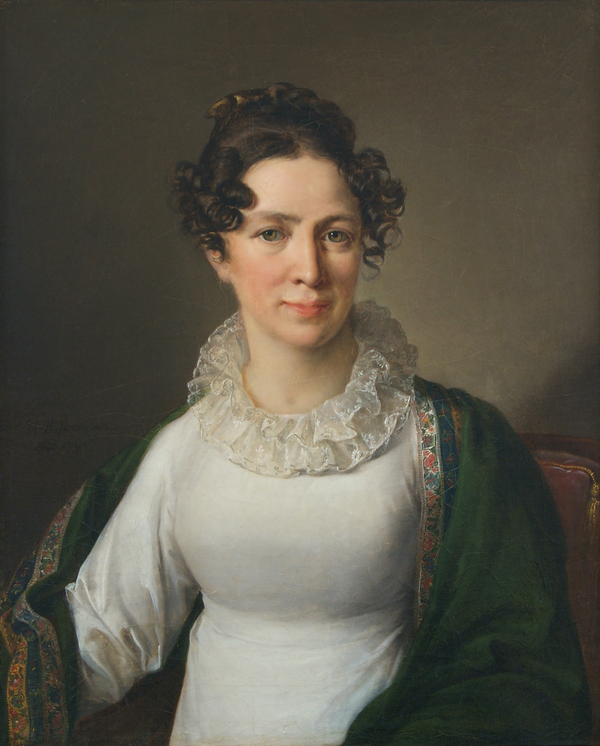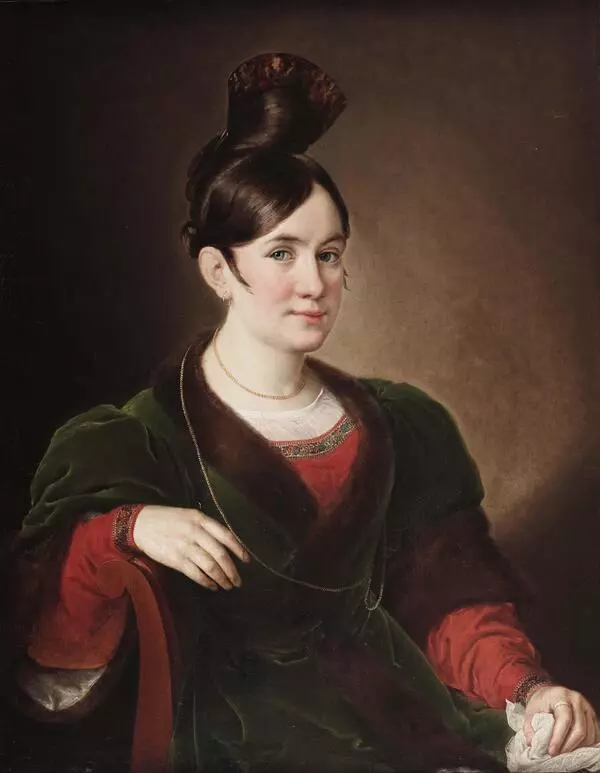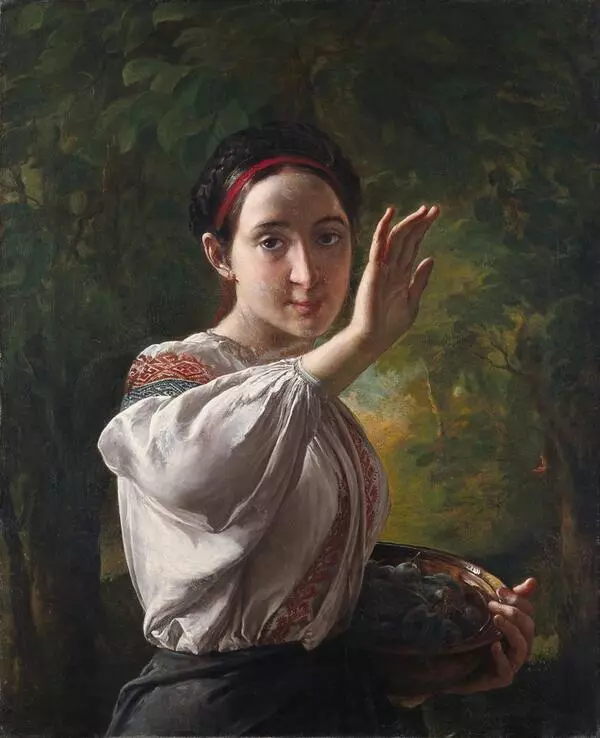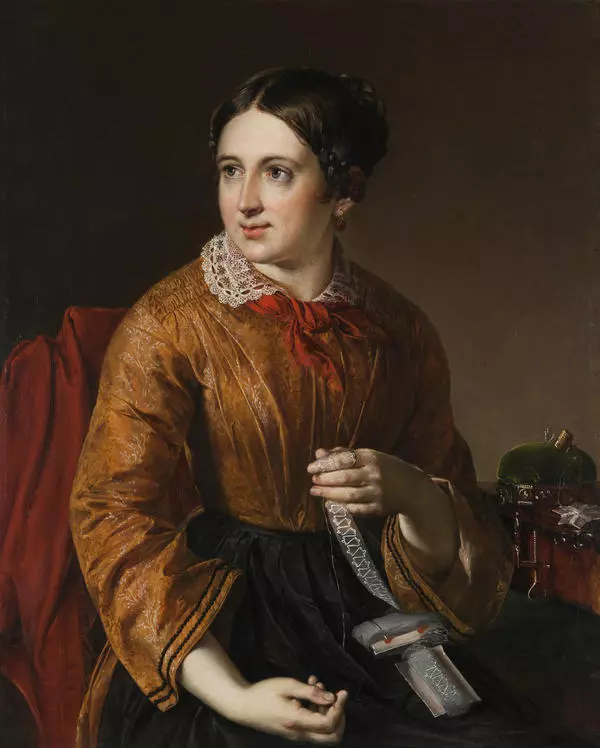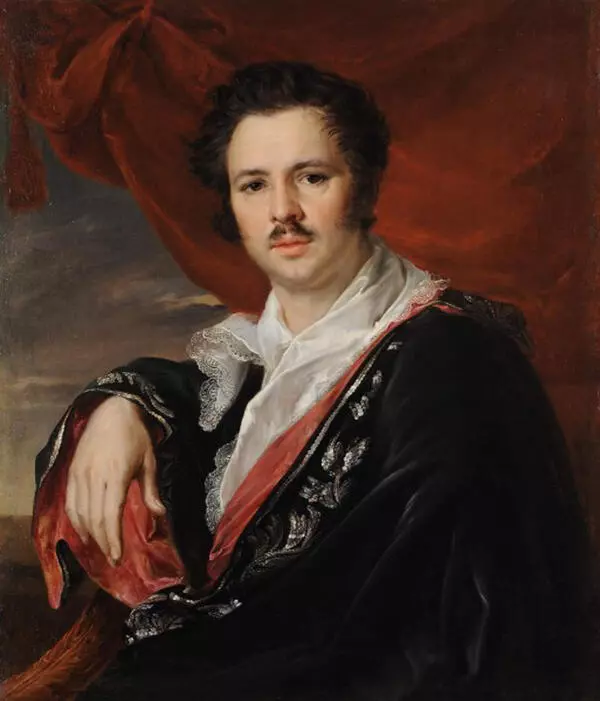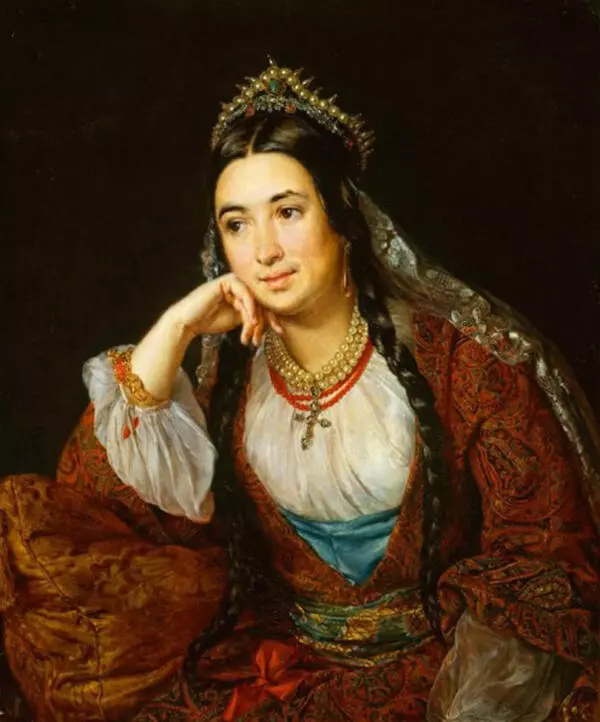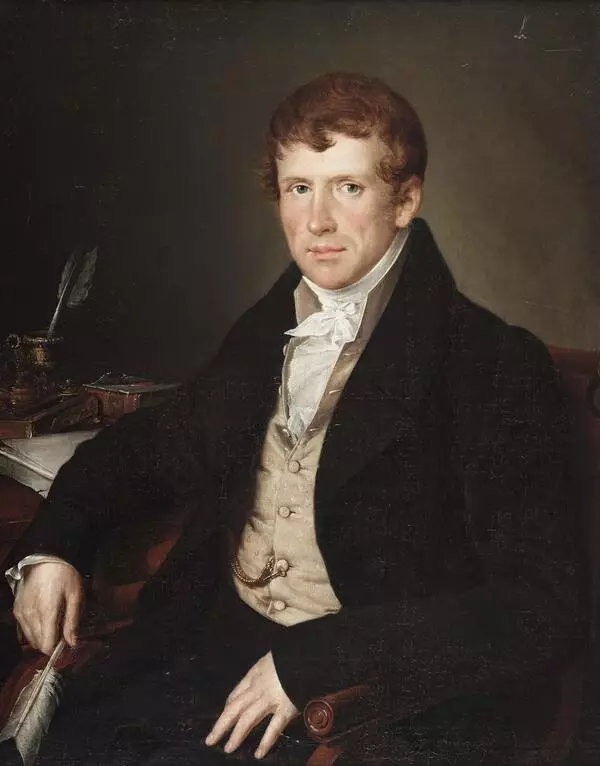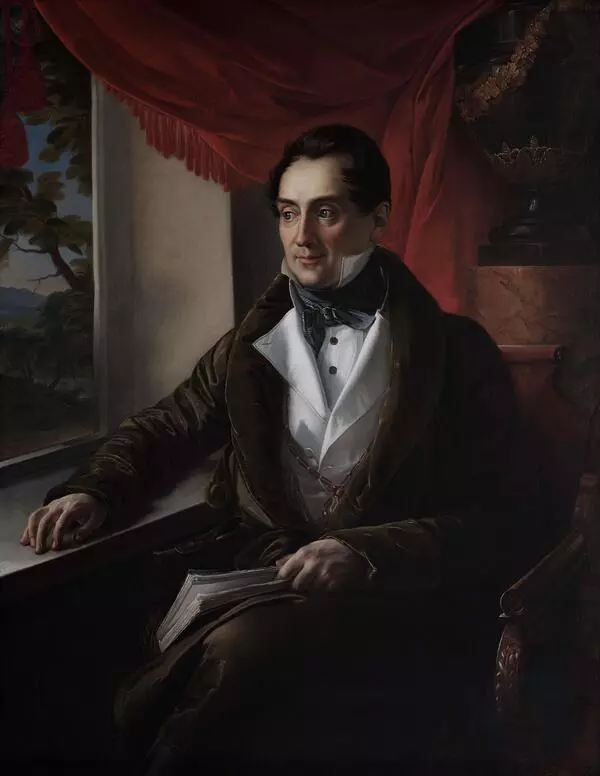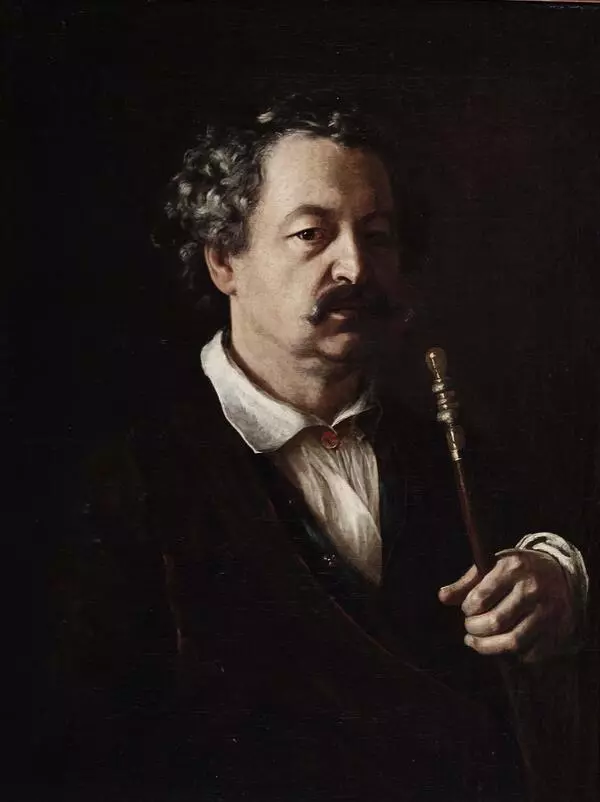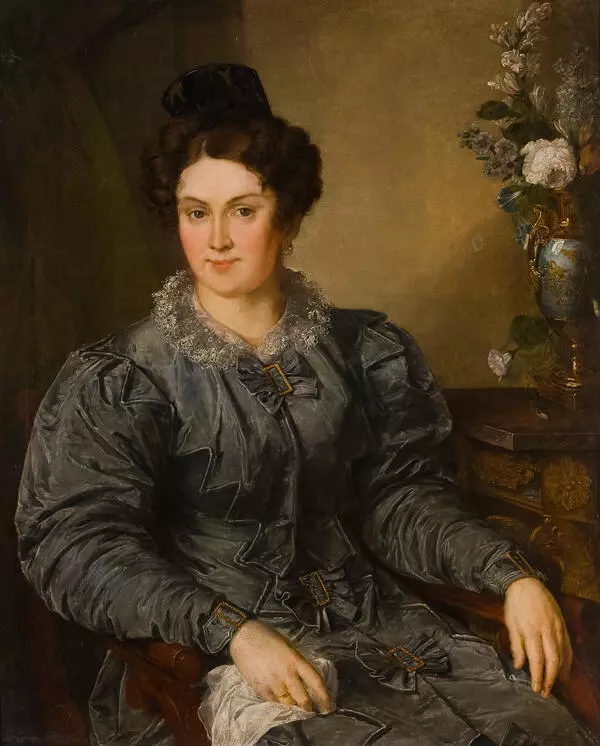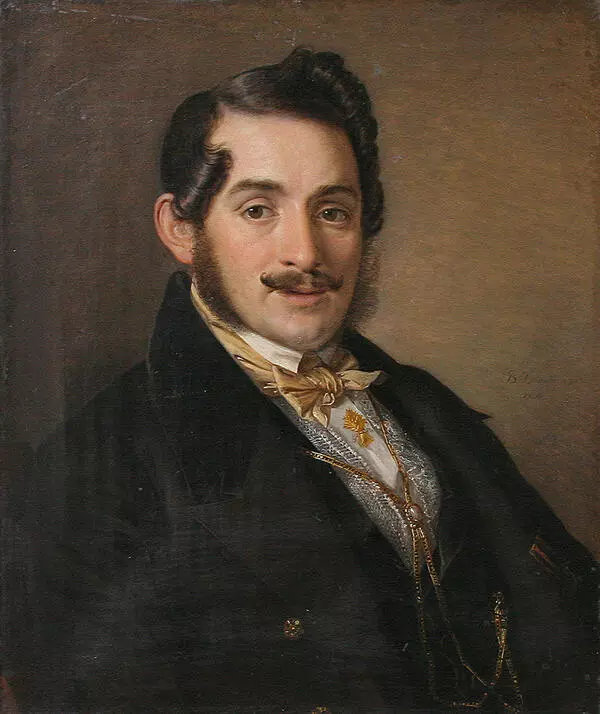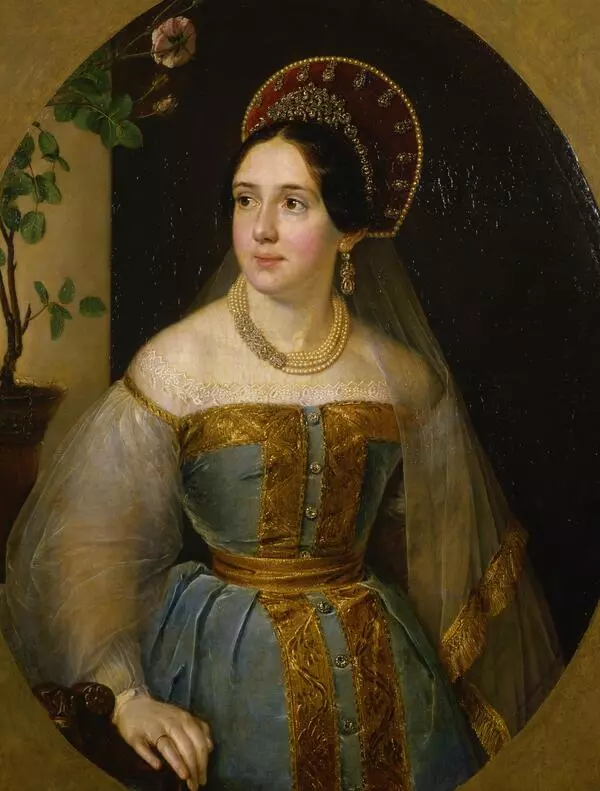Vasily Andreevich Tropinin is the greatest master of the portrait genre of the first half of the 19th century. Former serf of count Irakli Ivanovich Morkov, he studied confectionery in St. Petersburg, where he also attended classes at the Academy of Arts.
According to the testimony of Tropinin’s first biographer, “with the softness of his character and constant love of art, he soon acquired a friendly disposition and respect of the Academy”s best students who were in the public eye at that time: Kiprensky, Varnek, Skotnikov.” The artist was favored by the professors of the Academy, and at the 1804 academic exhibition, his painting “Boy Grieving for a Dead Bird, ” created according to the painting by Greuze, was noticed by the Empress herself.
However, Tropinin failed to complete his artistic education. Returning to Ukraine, on the count”s estate, he acted as a home portrait painter and art teacher, architect and icon painter, decorator and butler at the count”s table. The artist received his freedom only in 1823, when he was already 47 years old. He settled in Moscow, where he soon became famous. Tropinin was popular as the best portrait painter among both customers and professionals. Karl Bryullov refused to paint portraits of Muscovites, saying, “You have your own excellent artist.”
Tropinin devoted a whole chapter of his oeuvre to children whom he loved and knew how to depict. In the spirit of the traditions of sentimentalism, the artist saw in the child a little man with a clean, unclouded, dreamy soul and a trusting attitude to life. Among the children’s portraits of the master, there is a series of costumed images, the tradition of which has spread since the middle of the XVIII century and represented their heroes as participants in the performances. These are ‘The Boy with a Pipe’, ‘The Boy with a Pipe’ and ‘The Peasant Boy with a Hatchet’ from the collection of the Yekaterinburg Museum, created by the artist in the 1810s — 1820s.
All these works are distinguished by a high degree of generalization, and the actual portrait features are expressed very conditionally. Although it is known that the sons of Count Morkov acted as models for the paintings, in the history of Russian art they nevertheless remain idealized generalized images, in the image of which the author only varies the attributes and details of the composition. For example, a yellow straw hat decorated with daisies and forget-me-nots is found in several portraits of the artist. At that time, many features of the art of the 18th century preserved in the pictorial style and in the portrait concept of Tropinin — the rocaille gamma of softened complementary colors with a predominance of golden tones, a soft movable brush, and a transparent flickering texture.
